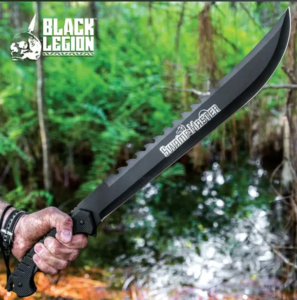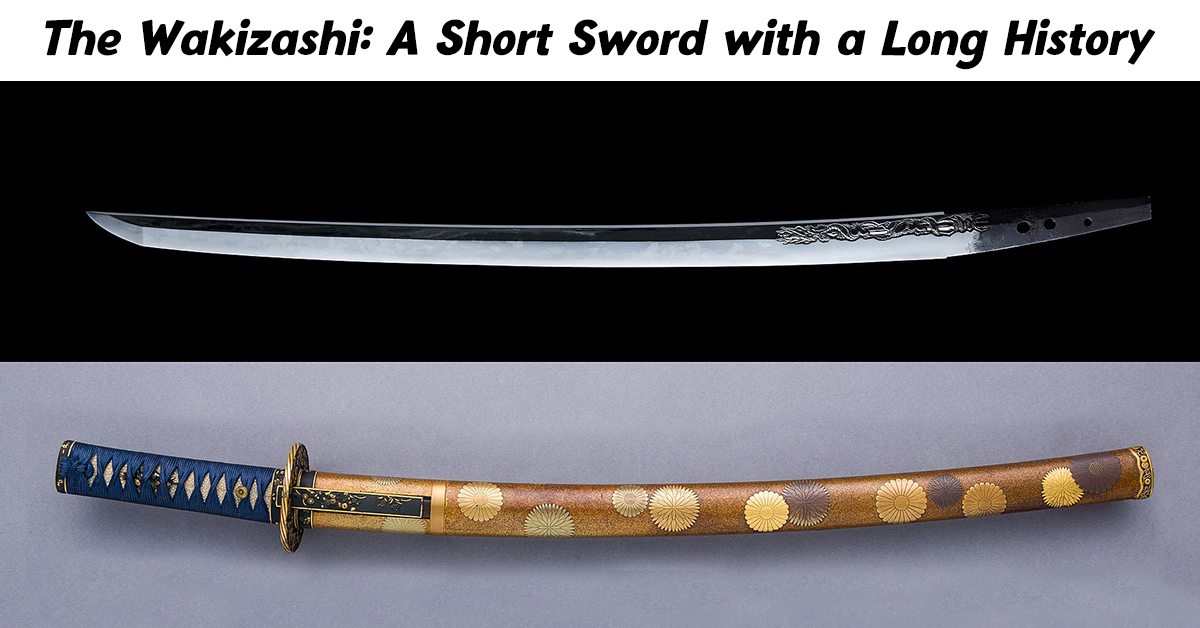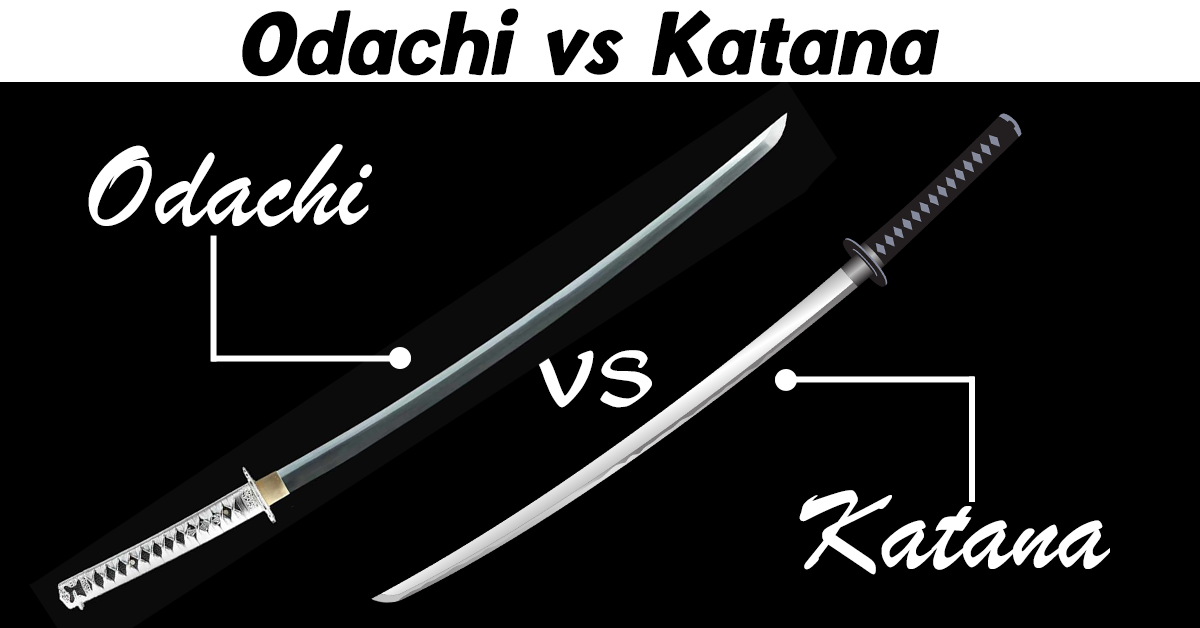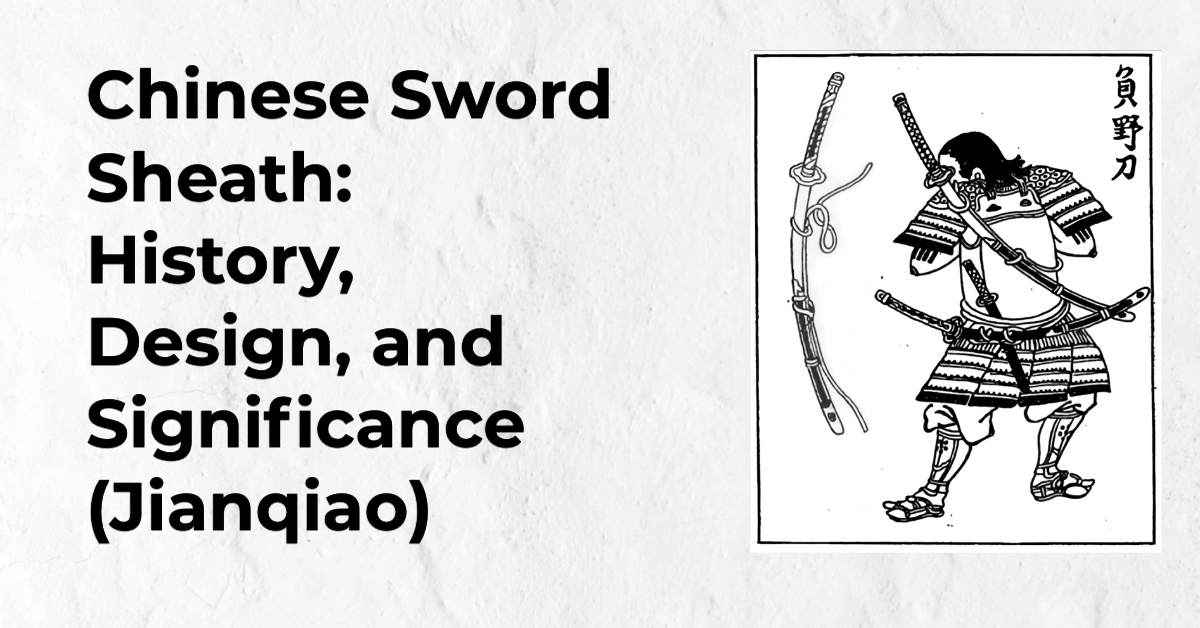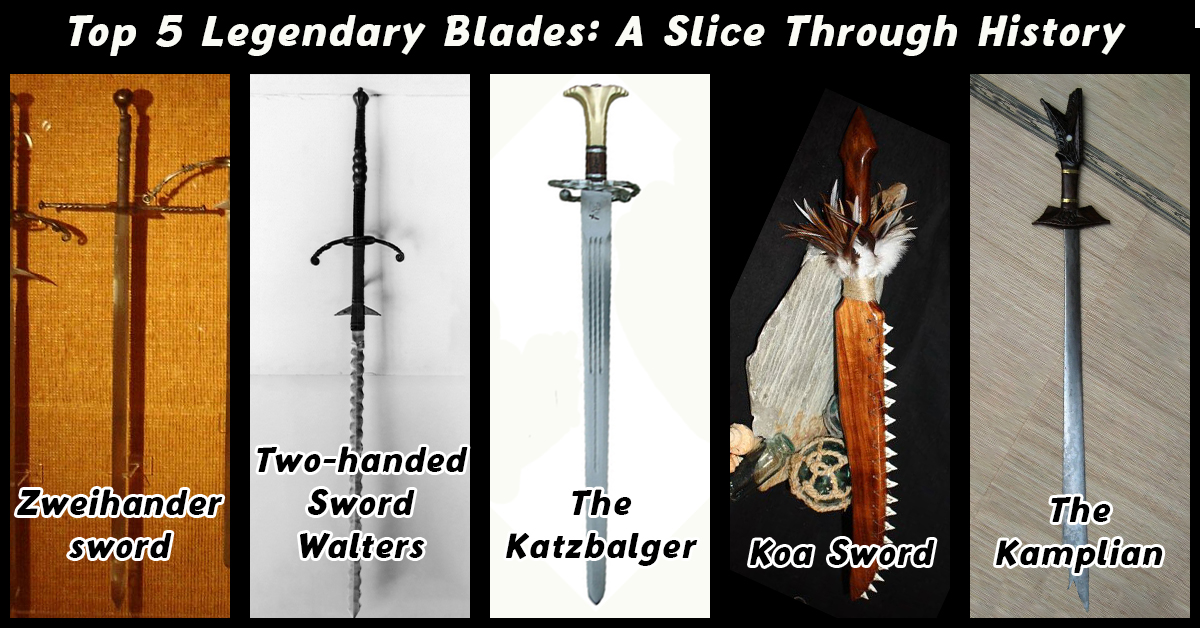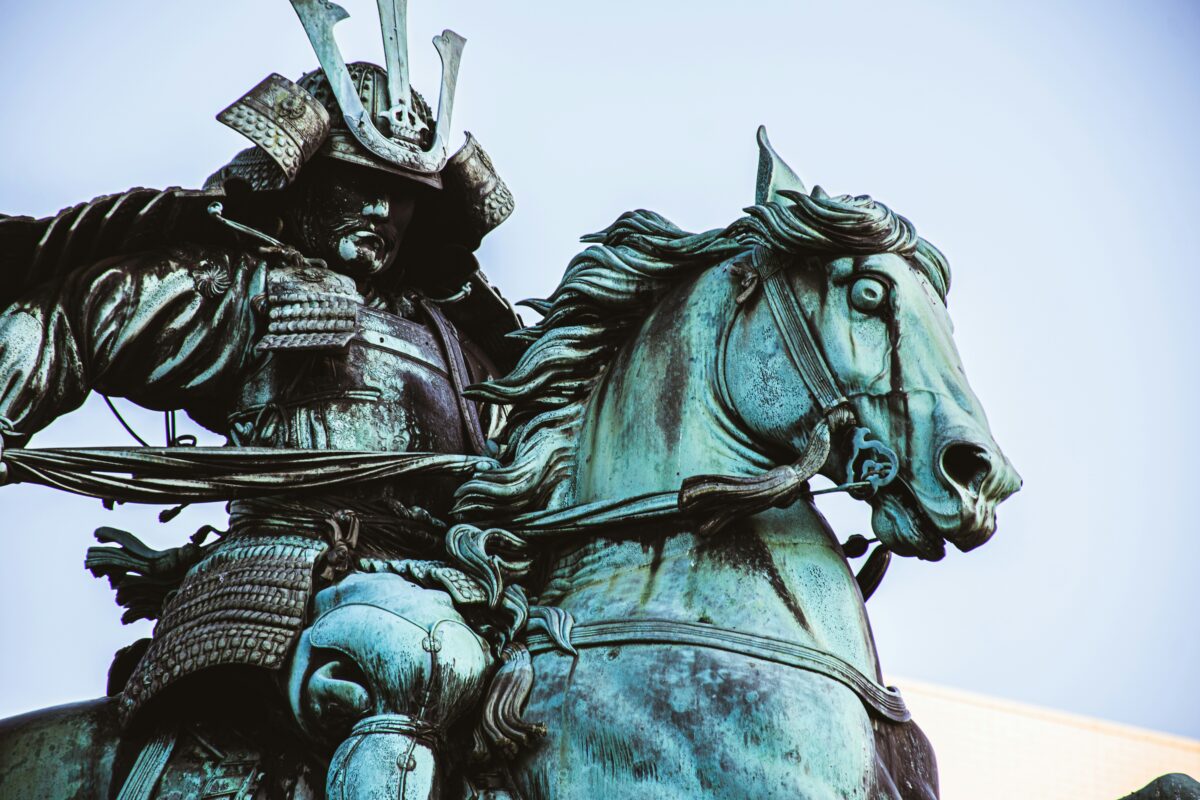Blog
The Dichotomy Unveiled: Machetes vs Swords
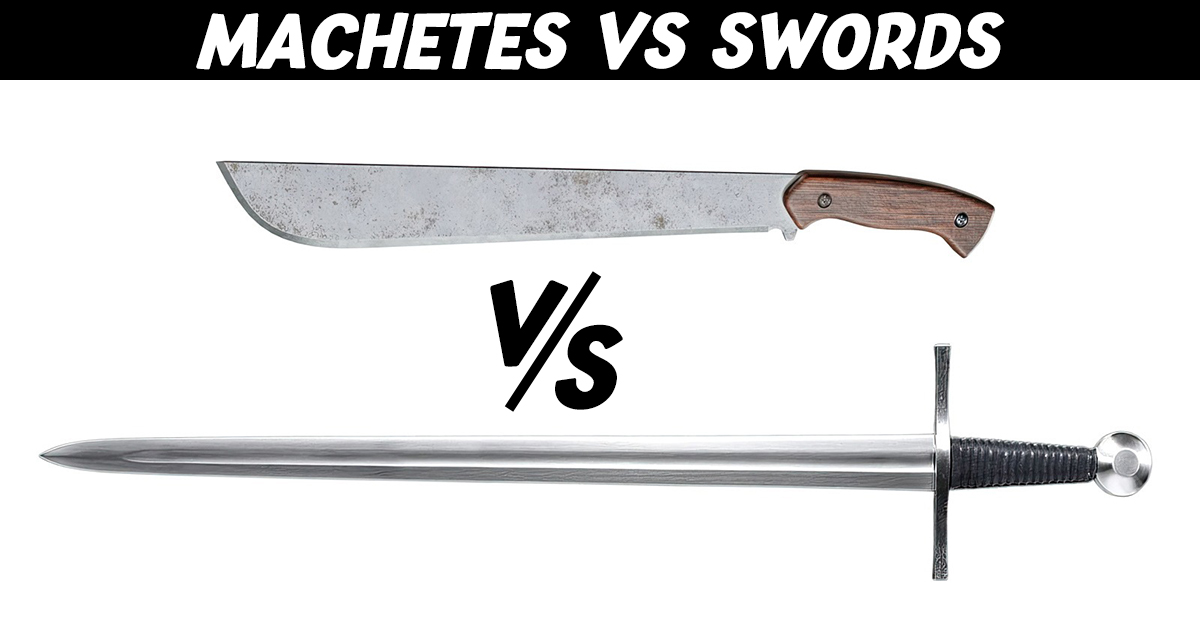
Lets explore difference between Machetes vs Swords.
Introduction:
People often group machetes and swords together as melee weapons because they can be used in combat. However, some people clearly distinguish them, labeling the machete primarily as an agricultural tool and the sword as a weapon designed solely for combat. In this comprehensive exploration, we delve into the characteristics, disparities, and histories of these iconic blades. Picture a scenario: amidst a dense, uncharted jungle, an adept explorer maneuvers through tangled foliage, wielding a machete with practiced expertise, while on a distant battlefield, a skilled swordsman awaits, the gleam of his blade reflecting the imminent clash. Through an analysis of their design, historical significance, and combat applications, we embark on a journey to uncover the nuanced roles that machetes and swords have played in shaping human civilization and culture.
Machete vs Sword: A Fundamental Distinction
Introduction of Machete:
Image from Swordskingdom
The machete is a strong tool used by explorers and workers. It has a short, strong blade, usually 12 to 18 inches long, made to handle tough jobs. Further, Its design is simple, with a basic handle that doesn’t have fancy protection for the hand. This shows it’s meant for jobs like cutting plants and doing practical work, rather than for fighting.
Introduction of Sword:
Unlike the machete, swords represent grace and skill in battle. They come in many types, like the thin rapier or the big broadsword, each with its own balance and style. Swords are known for their careful making, with fancy handles and decorations showing their importance. They’re not just tools; they’re symbols of respect, bravery, and strength.
Buy best Premium Replica Sword with One Click
The Core Difference between Machetes vs Swords:
Machetes are tools, useful for many tasks because they’re strong. Swords, however, are made only for fighting. They’re crafted to be sharp and well-balanced for battle. Machetes have lots of uses, but swords are mainly for fighting.
Machete’s History:
Origin and Early Use:
Long ago, people in ancient times used machete-like tools to survive. They cleared land, grew food, and built homes with them. These tools were simple but important. They helped people in places like the rainforests of South America and the savannas of Africa. This shows how clever and strong people were back then.
Evolution and Spread:
For thousands of years, the machete changed as people changed. It fit different places and cultures, helping farmers, explorers, and fighters. From the thick jungles of the Amazon to the hot plains of Africa, the machete became really important. It showed how useful and helpful tools can be, no matter where you are.
Sword’s History:
Early Development:
The story of swords is a mix of old fighting ways and new ideas. From ancient bronze blades to the famous katana in Japan’s past, swords became the main weapons in wars. People kept changing their designs to make them better. Over time, they got really good at making swords. They became symbols of power and skill in battle. This history shows how humans kept learning and improving, from the earliest days to more recent times.
Diversification of Swords:
As civilizations flourished and clashed, swords diversified into an array of forms, each tailored to the unique combat styles and cultural aesthetics of their respective regions. Whether the graceful scimitars of the Middle East or the formidable longswords of medieval Europe, swords also became emblematic of the martial prowess and cultural identity of their wielders.
Machete: A Master of Utility
Primary Function:
The machete’s versatility is its defining attribute, as it seamlessly transitions between roles as a tool and a weapon. In agricultural pursuits, it serves as a trusty companion for clearing land, harvesting crops, and pruning vegetation, while in construction projects, it proves invaluable for clearing brush, shaping materials, and building shelters.
Cultural Significance:
Apart from being useful, machetes are really important in some cultures. They’re seen as a symbol of people who can also take care of themselves, are strong, and work together. In places like the Caribbean and Southeast Asia, where people work hard in tough conditions, machetes show how determined they are. They’re not just tools; they represent the spirit of people who don’t give up, even when things are difficult. Machetes are a reminder of the strength and unity found in communities facing challenges together.
Sword: A Weapon of War and Refinement
Combat Techniques:
In martial arts, swords are seen as tools of accuracy and skill. Different styles, like kendo from Japan or fencing from Europe, show the rich history and choices of fighters. Sword fighting is not just about hitting; it’s a form of art that goes beyond time and place. It’s all about being disciplined, focused, and skilled. No matter where you are, swordsmanship teaches important values like control, concentration, and mastery. It’s like a dance where every move tells a story of strength, grace, and determination.
Evolution for Warfare:
Swords changed a lot during battles. People made them better for fighting by changing their designs. Swords were made to fit different ways of fighting, whether knights rode horses or samurai fought on foot. Fighters could use them for quick hits or strong slashes, aiming each move to defeat the enemy. People were very careful when using swords, making sure they hit the right target every time. These changes made swords really good weapons, helping fighters win battles with skill and determination.
Cultural Symbolism:
Swords are not just tools for fighting; they’re really important in some cultures. People see them as symbols of respect, power, and tradition. Whether it’s the famous Excalibur from King Arthur’s stories or the katana from ancient Japan, swords have a magical feeling to them. They remind people of bravery, loyalty, and being noble. Throughout history, swords have been symbols of strength and honor, passing down these values from one generation to the next. They’re like treasures that hold stories of courage and heroism.
Combat Applications: A Clash of Design
Advantages of the Sword:
In battles, swords have some special qualities that make them really useful. They’re well-balanced, so they’re easy to handle. Also, they’re long, so you can hit your enemy from far away. Their sharp edges make them great for quick and accurate attacks. Plus, they’re flexible, so you can use them in different ways depending on the situation. All these things together make swords powerful weapons, especially when someone knows how to use them well. They’re like a secret weapon in the hands of someone who’s trained to use them.
Advantages of the Machete:
On the other hand, machetes are tough and strong, which makes them great for fighting up close. Their sturdy blades and heavy build let them hit hard and chop through things easily. This makes them really useful for staying safe and protecting yourself in tough places. Machetes are like reliable friends in harsh environments, helping you survive and defend yourself when things get difficult.
Conclusion of Machetes vs Swords:
In conclusion, the difference between machetes and swords shows how smart and creative humans can be. It’s like a dance between usefulness and fighting skill. From lush jungles to old battlefields, these tools have had a big impact on history. They’ve shaped how people live and fight. Machetes help with work, while swords are for fighting. Both have left a lasting impression on the world, showing how tools and weapons can change lives and cultures over time. They’re a reminder of human strength and adaptability throughout history.
Final Thought: Machetes vs Swords
As we finish talking about Machetes vs Swords, let’s think about how important these old tools are. Machetes show how strong people can be when facing tough times, while swords remind us of bravery and old fighting ways. By looking at how these tools are alike and different, we see a bit of ourselves and what we can achieve. They teach us that no matter how hard things get, we have the power to keep going and make things better for the future.
